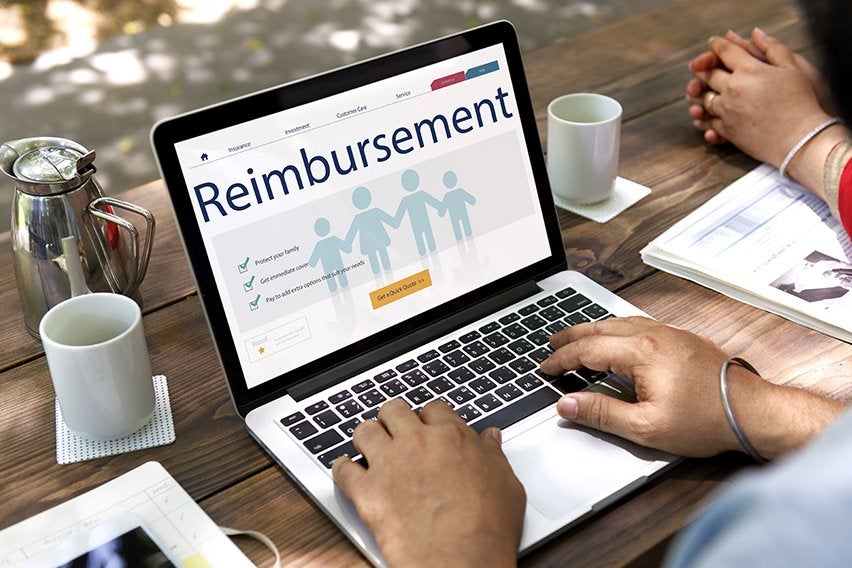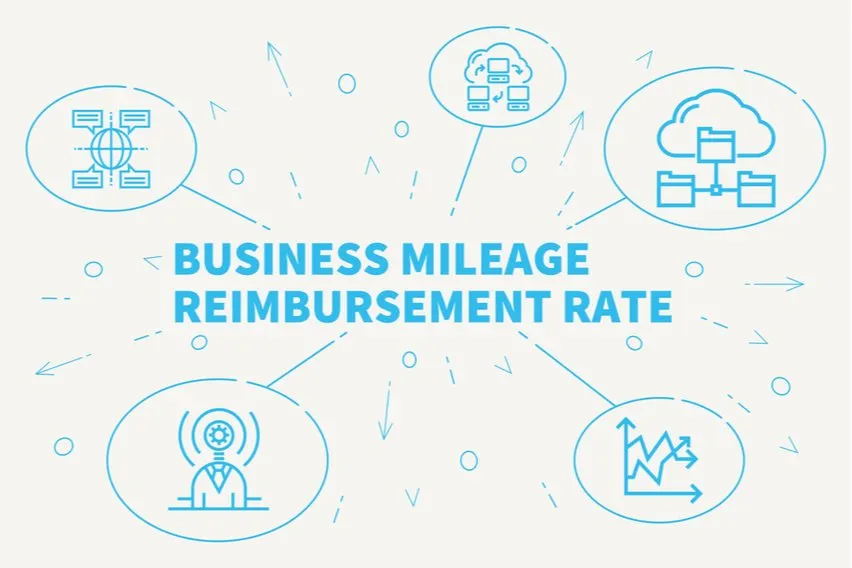Expense Reimbursement Policy: Best Practices

If you’re running a business that requires employees to do things outside of the office, you’ll need an expense reimbursement policy. Understanding the best practices for these policies is important. This applies to creating new policies, or revising existing ones. Learn all about expense reimbursement policies here!
Here’s What We’ll Cover:
What Is an Expense Reimbursement Policy?
Best Practices for Expense Reimbursement Policies
What Is an Expense Reimbursement Policy?
An expense reimbursement policy relates to any work-related purchases made by employees. These can be travel expenses or expenses for office supplies. The policy is designed so that when an employee purchases something with their own money the company pays them back. If your company doesn’t operate using a company credit card, you’ll need an expense reimbursement policy.

Best Practices for Expense Reimbursement Policies
If you’re writing or editing an expense reimbursement policy, be sure to follow these practices.
Clearly Outline Reimbursable and Non-Reimbursable Expenses
An important part of creating an expense reimbursement policy is providing clear guidelines. For example, if an employee is traveling for business they should be given clear guidelines on what they will be paid back for. Certain out-of-pocket expenses should not be covered, such as gas for their personal vehicle. Ideally a travel policy will be created to go along with travel expenses.
Work-related expenses need to be well defined. They need to exclude personal expenses. If business expenses include meals, there should be set per diem rates. If the per diem rates are exceeded then the extra costs will be considered personal purchases.
Document the Expense Reimbursement Process
All the parts of the expense reimbursement process need to be well documented. The policy should include ways to track the business expenses of each reimbursable expense. This can include a pre-made expense report as well as itemized receipts. The more documentation that can be provided the easier it makes the job for accounts payable.
Set Time Limits
The expense reimbursement process needs to have a set time. The period of time that employees have to turn in expense reports to accounts payable should be outlined. It should be a reasonable amount of time. The time period given should be long enough to let the employee gather all their documentation. However, it shouldn’t be too long, otherwise accounts payable can become backlogged with outdated expenses.
Set Travel Standards
A large part of any business is travel. Understanding what travel expenses for a business trip should be reimbursable is important. Check out some of the standard reimbursable and non-reimbursable expenses below:
Reimbursable Expenses:
- Cost of meals
- Necessary taxi fares
- An airline ticket
- Any business meal with a business connection
- If driving, a standard mileage rate is suggested
Non-Reimbursable Expenses
- Personal trips
- Personal services
- Excessive expenses
- Personal meals (if no per diem is set)
- Entertainment expenses
Follow IRS Guidelines For Accountable Plans
To help your employees, follow the IRS guidelines for accountable plans. An accountable plan follows IRS regulations for reimbursing employees. These regulations make sure that reimbursed business expenses for employees are not counted as income. Having an established expense reimbursement policy helps employees in the long run. To follow the IRS guidelines certain criteria must be met:
- All business-related expenses must be thoroughly documented
- Expenses must be reported in a timely manner
- Reimbursements must be separated from an employee’s wages

Make Reimbursement Expense Reports Easier to Submit
Paper receipts can be a hassle. To make things easier, try making an electronic documentation system. Templates can be made digitally and distributed to employees. The policy can be housed on a shared drive or cloud database. This allows all employees to have access from anywhere.
Making the process digital is a way to make the process easier for the finance department, as well. It makes document retrieval much easier for the company and employees. If the IRS does an audit, the necessary evidence for either party will be available at an instant. It also makes receipt tracking more manageable.
Key Takeaways
In businesses of all sizes a good expense reimbursement policy is needed. It helps the business and the employees keep track of what needs to be reimbursed. A well-documented policy keeps everything compliant with the IRS, too. Having a well-documented expense reimbursement policy helps all parties involved. Be sure to keep with the best practices when you write yours!
Are you looking for more articles like this? We have a great deal of content available on our resource hub. If you’re looking for information to help your business grow, be sure to check it out!
RELATED ARTICLES

 3 Best Travel and Expense Management Software
3 Best Travel and Expense Management Software 5 Best Expense Management Software & Tools
5 Best Expense Management Software & Tools What is Medical Mileage Rate Deduction?
What is Medical Mileage Rate Deduction? What are Payroll Expenses? A Complete Payroll Expense Guide
What are Payroll Expenses? A Complete Payroll Expense Guide How to Calculate Mileage Reimbursement for Taxes
How to Calculate Mileage Reimbursement for Taxes What Is Company Car Allowance & How Does It Work
What Is Company Car Allowance & How Does It Work